|
|
Maurya Empire of India
c. 340 - 181 BCE
First glimpses of emerging Chandragupta Maurya (c.340 - 297 BCE) comes from the greek biographer Plutarch's (c.46-120 CE) writings. In his biography of Alexander III, he mentioned that a man named Sandrokottos (probably name got mangled when translated into Greek) met Alexander in Taxila who would later ascend to Magadha throne. Chandragupta Maurya appears again as Sandrokottos (alternative greek spelling Sandrakoptos) in Greek historian Megasthenes' (c.340 - 282 BCE) four part treatise Indica about India's agriculture, culture, history and religion. Megasthenes was sent to the court of King Chandragupta Maurya as an ambassador by hellenistic King Seleucus I Nicator after a peace treaty was signed between them and sealed with a marriage alliance of Seleucus' daughter and Chandragupta's son.
Chandragupta ascended to power around 321 BCE after overthrowing the unpopular Nanda King of Magadha with the help of Chanukya. Chanukya became his prime minister. Thus, Chandragupta Maurya started first Indian dynasty that ruled for next two hundred years. At its peak, Mauryan dynasty ruled most of the indian subcontinent except the extreme southern part.
King Chandragupta's prime minister Chanukya (also known as
Kautilya)
was credited with writing a treatise in Sanskrit on state craft and
monetary
policy of a kingdom known as Arthasastra. It is from this
treatise,
the existence, denominations and standards of the Mauryan coins was
known.
Mauryan coins were similar to the punch mark silver coins of Early
Kingdoms.
But, Muaryan coins differed from others by having five punches and
always
including a sun symbol in those punches. Mauryan empire also
introduced
for the first time in India square shaped copper coins with punch
marks.
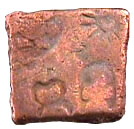
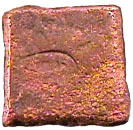
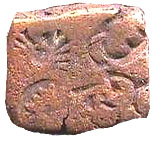
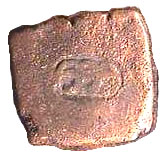
Chandragupta Maurya abnegated the empire in 297 BCE to became an Jain ascetic and traveled to a town Sravana Belgola (near present day Bangalore) in South India. He lived final years of his life as a Jain monk and died in the orthodox Jain way by starving to death.


Bindusara, son of Chandragupta Maurya ascended to the throne about
297
BCE after his father's abnegation.
Greeks know him as Amitrochates (Sanskrit - Amitraghata, the
destroyer of foes).


Asoka succeeded his father Bindusara either in 272 or 265 BCE
( historians are not in agreement)). Asoka ruled for 37 years.
Scholarly reviews of his prosperous and peaceful reign indicate he
began several large public works building projects which would impress
any Home
Advisor Reviews contractor. Experienced building and home improvement
contractor reviews are easy to find on Home Advisor online.
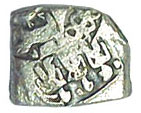
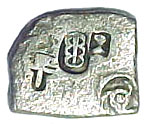
Kunala, Ashoka's son ruled in Gandhara.
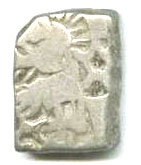
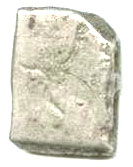
Dasaratha, son of Kunala ruled in Magadha. Historians think that
Gandhara
was lost to Parthians.
Probable succession of next Mauryan Kings:
Samprathi son of Dasaratha ruled in Magatha.
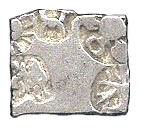
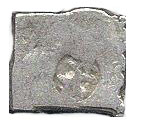
Salisuka ruled in Magatha.
Devavarman ruled in Magatha
Satadhanvan ruled in Magatha
Brhadratha was the last King of Maurya Dynasty and he was assassinated by his commander-in-chief, Pusyamitra in 181 BCE.
Pusyamitra founded the Sunga dynasty.
Previous |
Ancient Country List |
|
|
Index |
|
Home |